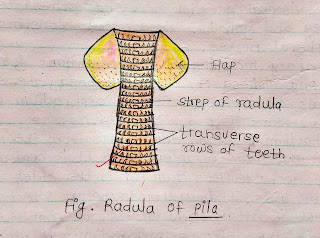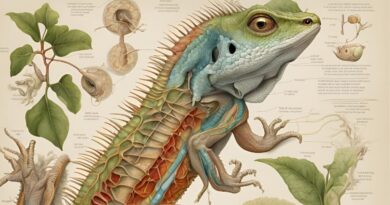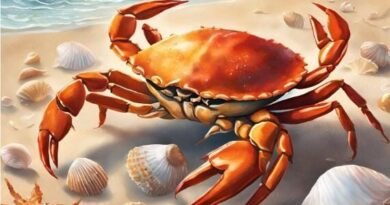Pila globosa – Nervous system and Sense organ
Nervous system and Sense organ of Pila globosa
Nervous System of Pila globosa
The nervous system of Pila globosa consists of paired and unpaired ganglia with their commissures and connectives. Commissars are the nerves that establish a connection between the same ganglia, whereas connectives are the nerves that connect two different or different ganglia.
- The nerves from the cerebral ganglia go to the head, tentacles, and eyes.
- The buccal gangila send nerves to the buccal mass.
- Nerves from the pendal ganglia innervate the foot.
- The pleural ganglia go to the mantle, ctenidium, and siphons.
- The visceral ganglion nerves go to the intestine, kidneys, and gonads. These nerves form the peripheral nerves.
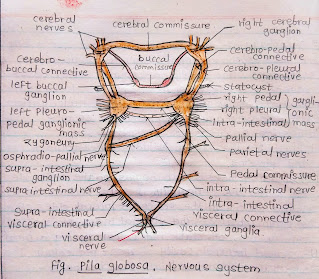
B] Temporary mounting of sense organs & radula of Pila globosa
In Pila globosa, the special organs of sense are single osphradium, paired eyes, statocysts, and tentacles.
1. Osphradium
The osphradium hangs from the mantle near the left pseudo-epipodium. It is oval with 22 to 28 fleshy axes. It is a chemoreceptor and tests the stream of water that enters the mantle cavity through the left pseudo-epipodium, it also exercises selection on the food taken in it. The evolution of the gastropod osphredium parallels that of the cetanidia, an osphredium in the primitive forms that is, for each tenidium, in the prosobranch that contains a cetanidium, there is only one osphredium; The osphredium disappears in those gastropods that have lost ctenidia, or have a reduced mantle cavity, or have become pelagic.
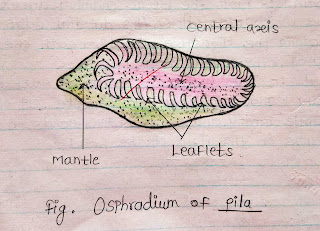
2. Statocysts
Located in the foot near each pedal ganglion lies a statocyst in a depression, It is a round capsule lined with epithelial cells & surrounded by connective tissue. The cavity of the capsule contains small calcified steatoconia. The statocysts receive nerves from the pedal & cerebral ganglia, they are organs of equilibrium and regulate the position of the snail.
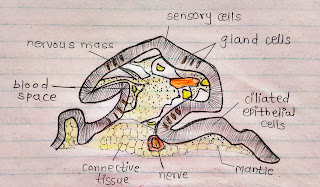
3. Radula
Above and behind the odontophore is a sac-like radular sac which is the diverticulum of the oral cavity. The radular sac has a transverse row of cells called odontoblasts. Inside the radular sac, there is a radula which is characteristic of mollusca. The radula is composed of several transverse rows of horny teeth. Each row has seven teeth, two marginal and one lateral tooth on each side and a central or rachidian tooth in the middle, thus giving the formula 2, 1, 1, 2. The radula moves back and forth on the odontophore to rot the food. particles.
